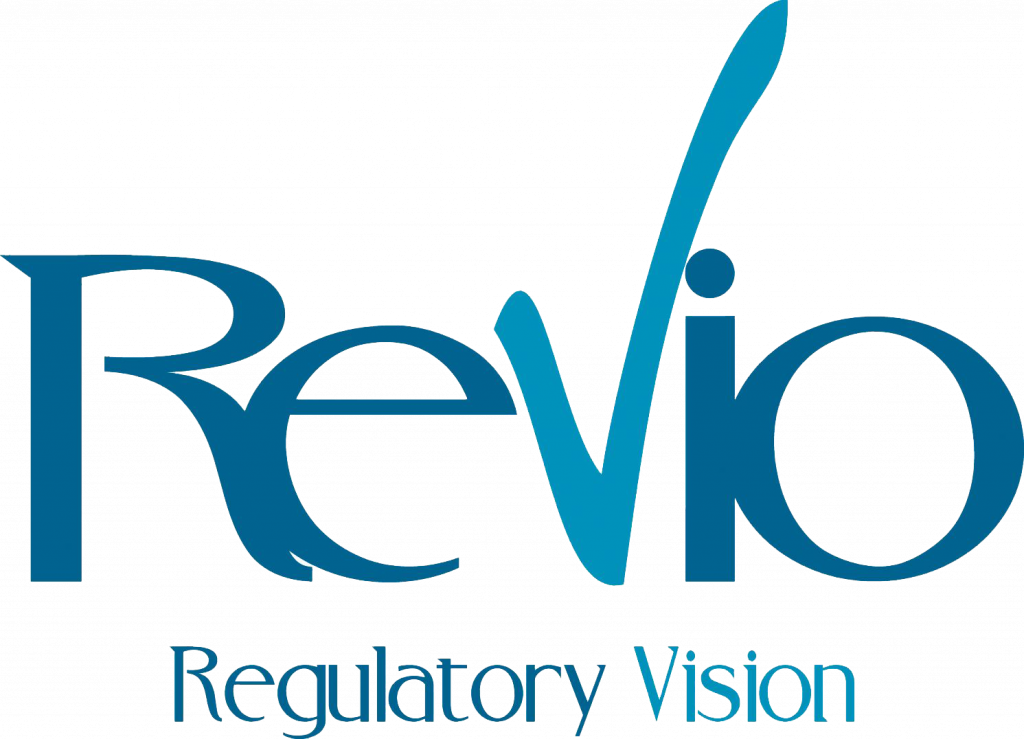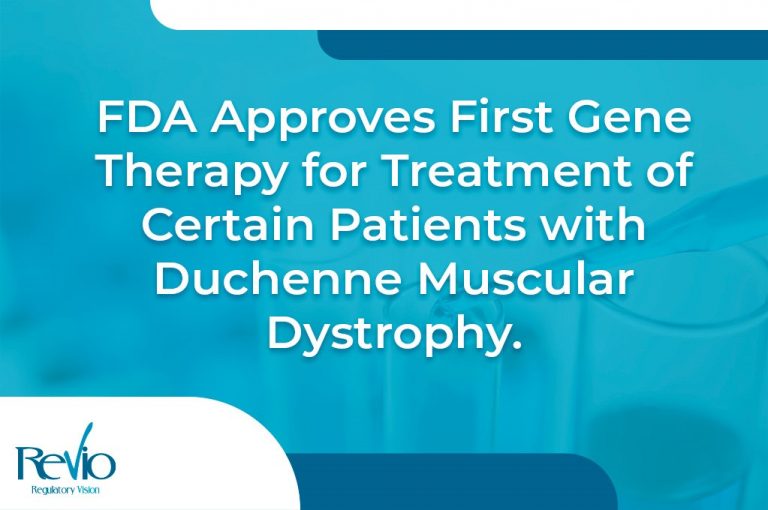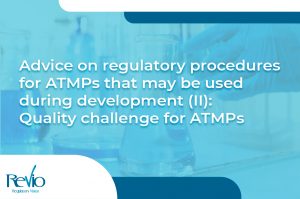The approval of the first topical gene therapy for the treatment of wounds in patients with dystrophic epidermolysis bullosa (DEB) marks a significant milestone in the field of dermatology and genetic medicine. The approval of Vyjuvek was granted to Krystal Biotech, Inc. by the U.S. Food and Drug Administration (FDA).
Vyjuvek is a gene therapy using HSV-1 vector for wound treatment in DEB patients aged 6 months and older with COL7A1 gene mutations. FDA’s approval highlights commitment to advancing novel treatments for rare diseases.
Dystrophic Epidermolysis Bullosa (DEB)
Dystrophic Epidermolysis Bullosa is a rare genetic disorder that causes the skin to be extremely fragile, leading to blistering and chronic wounds. It affects the connective tissue in the skin and nails and results from mutation(s) in the COL7A1 gene. This gene encodes type VII collagen (COL7), which is an essential protein that helps strengthen and stabilize the outer and middle layers of the skin. When COL7A1 is deficient, skin layers can separate, causing painful and debilitating blisters and wounds. DEB usually presents itself at birth and is divided into two major types depending on the inheritance pattern: recessive dystrophic epidermolysis bullosa (RDEB) and dominant dystrophic epidermolysis bullosa (DDEB).
Gene Therapy for Dystrophic Epidermolysis Bullosa
Gene therapy involves introducing genetic material into a patient’s cells to correct or compensate for a defective or missing gene. In the case of DEB, the topical gene therapy likely targets the gene responsible for producing a critical protein involved in skin integrity. The therapy delivers a functional gene copy to skin cells, restoring protein production, promoting wound healing, and reducing symptoms.
Vyjuvek
Vyjuvek is a genetically modified (engineered in a laboratory), herpes-simplex virus used to deliver normal copies of the COL7A1 gene to the wounds. COL7 molecules arrange themselves into long, thin bundles that form anchoring fibrils that hold the epidermis (skin) and dermis together, which is essential for maintaining the integrity of the skin. Vyjuvek has also been modified to eliminate its ability to replicate in normal cells and is mixed in an excipient (non-active ingredient) gel prior to topical application. A healthcare professional evenly applies Vyjuvek gel in droplets to a patient’s wound once a week
Safety and Efficacy
Vyjuvek’s safety and effectiveness was established primarily in a randomized, double-blinded, placebo-controlled study involving a total of 31 subjects with DEB. The effectiveness of the treatment was determined by assessing improved wound healing, specifically by comparing the proportion of wounds that achieved full closure (100%) between those treated with Vyjuvek and those treated with a placebo after 24 weeks.
These results showed that 65% of the wounds treated with Vyjuvek achieved complete closure, whereas only 26% of the wounds treated with the placebo achieved the same level of closure.
Regulatory procedures during development
Vyjuvek received many designations from the FDA during development, such as:
- Orphan Drug: Incentives for drugs or biological products treating rare diseases or conditions.
- Fast Track: Process designed to facilitate the development and expedite the review of drugs treating serious conditions with an unmet medical need.
- Regenerative Medicine Advanced Therapy: Program for advanced therapies that treat a serious or life-threatening disease with potential to address an unmet medical need.
- Priority Review: To boost the revised time of drugs that would be significant improvements in the treatment, diagnosis or prevention of serious conditions compared to standard applications.
- Rare Pediatric Disease Priority Review Voucher: A program intended to encourage development of new drugs and biologics to prevent and/or treat rare diseases in children.
Check the official FDA website if you want to know more or to consult the complete updated information related to the drug here. Nevertheless, we have launched a dedicated webpage to bring you the latest updates, guidance and developments. You can also follow us on LinkedIn.
We hope you find this useful and of interest. If you would like to discuss any of these updates with the team at REVIO, please get in touch here.




